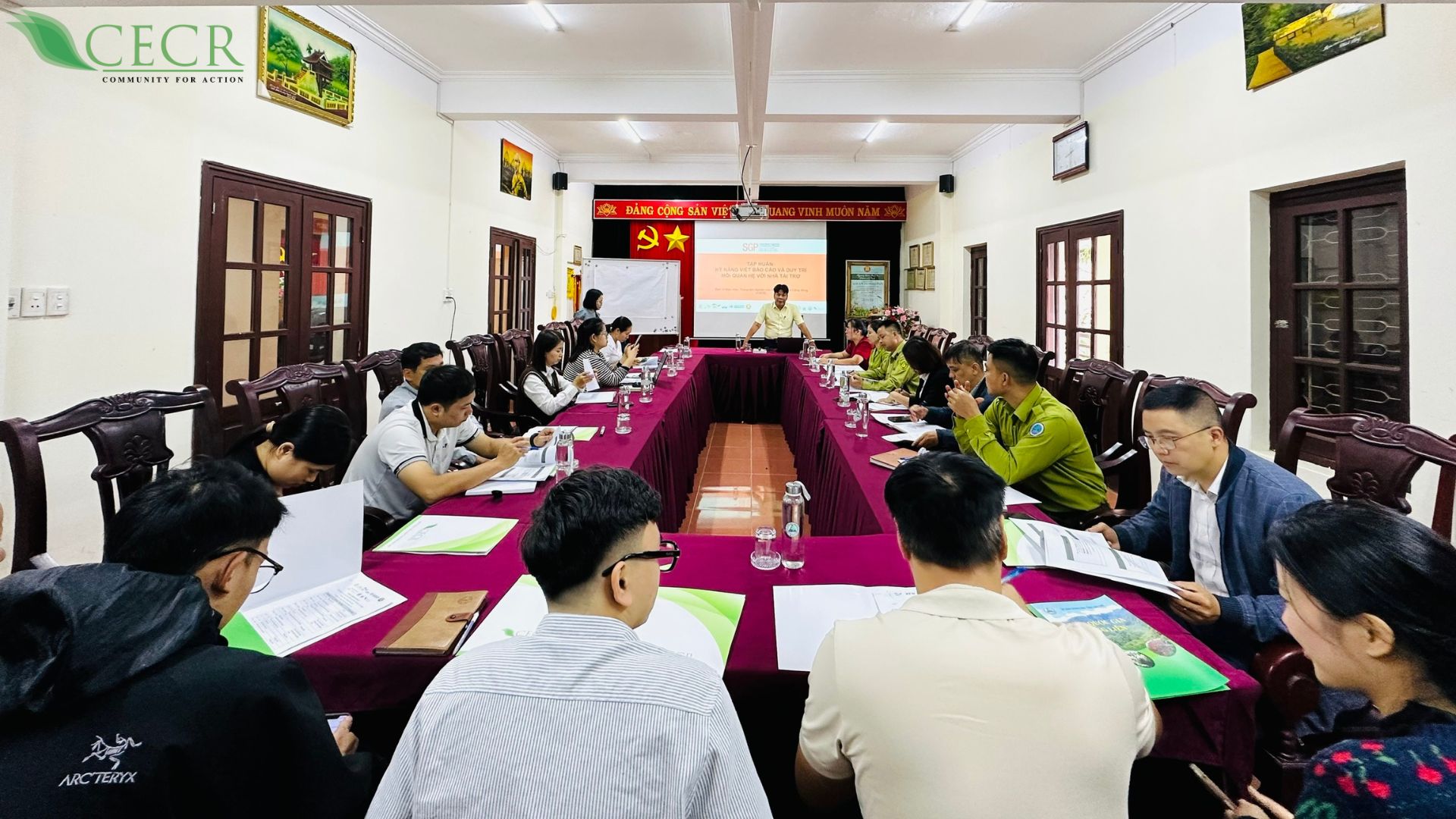Since 1993, the Government of Vietnam has required environmental impact assessments (EIAs) of development projects and large-scale infrastruc- ture after the National Law on Environmental Protection (LEP) was enacted. LEP’s decrees and circulars mandate public consultations in the EIA process. In the 2014 amendment of LEP, the government required public consultations during the preparation of the EIA report until its completion, in order to minimize negative impacts on people and the environment. Project proponents are required to organize public consultations with organizations and affected communities.
These legal provisions for enhanced public participation however do not specify the need to be socially inclusive, specifically to include women and other social groups in the public consultations.
What can EIAs gain from women’s participation?
Center for Environment and Community Research (CECR) conducted policy research to investigate the nature, extent, constraints and outcomes of women’s participation in two development project sites in Vietnam. These project sites were the Trung Son Hydropower Project funded by the World Bank and the Phu Hoa Landfill Project supported by the Asian Development Bank. Both projects have undergone EIA processes.
Research Findings
Findings show that women’s participation was virtually absent in the screening, scoping, and baseline study stages of the EIA processes in both study sites. Both the World Bank nor the Asian Development Bank did not have explicit guidelines to include diverse women’s groups in these consultations. Women attended public meetings on the social and environmental management plan, but specifically- ly with reference to resettlement plans in both study sites. The participation of women in consultations at the Trung Son hydropower project generated positive and important change: One of the important results of the consultation with the community in the preparation phase led to a change of the resettlement sites in 2 of the 4 communes. The new sites are located in a smaller area but with more fertile land and cleaner water resources.
The women who participated seemed to have very specific views on environmental issues such as drinking water quality and sources, air pollution and other health issues, while the men are more concerned about land and assets compensation, which were considered the “big” issues.
In the meetings around the Initial Environmental Examination (IEE) of the Phu Hoa Landfill Project, men dominated consultations in both physical presentation and influence. Interviews with both women and men indicated that public participation was perceived as largely a job for men. Women comprised 30% of the participants in this meeting, but they did not voice any opinions.
The barriers to women’s participation in EIA processes in Vietnam are as follows:
- Cultural views that define women to occupy a backseat role in both family and public concerns
- Low awareness on the rights of and need for women’s participation among local authorities, EIA experts and consultants, investors, and donors
- No explicit guidelines on women’s involvement in public participation as well as lack of practices and criteria for inclusive consultation
- Lack of gender and social specialists in consultant teams
- Women in project areas lack skills in discussion, presentation, judgment in consultation
- Access to adequate and thorough information on the environmental impacts of a project and other projects in the same area is important to the community


 Tiếng Việt
Tiếng Việt

